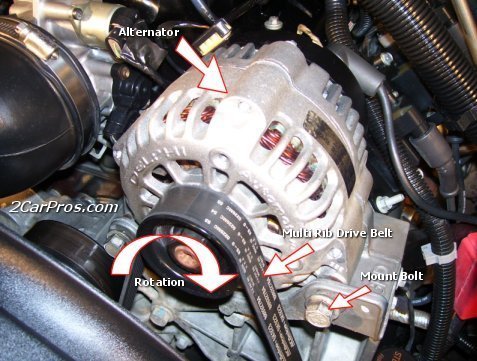Just looking through service info, they really have this battery in a tight location. Being under the fuse block. 15volts is not unheard of these days, as long as it stabilized like you noticed. I agree that a multimeter won't catch the lowest voltage reading, 12.85volts at roughly 75f outside temp is a 100% charged battery, (the service spec is actually 12.75v for a 100%), This is the Battery voltage chart from service info. Granted sometimes a battery can be damaged if its fully discharged, but it doesn't sound like you're having any real issues with the battery itself, you may just be seeing that variation due to it being an aftermarket alternator. With pretty much every electrical load being on, and this alternator is below the amperage rating of the OEM, that's most likely the cause of the difference he's seeing.
You can try a voltage drop test from positive on the alternator to positive on the battery during cranking and also running with all the accessories on again and see if there's any excessive voltage drop occurring on the positive cables, you can do the same test on the negative side going from the alternator case to battery negative. Voltage drop testing while loaded is just measuring how much voltage is being lost between the two points, but it has to be done during cranking and then while running with electrical loads on, because voltage drop cannot occur without current flowing.
You want a reading as close to zero as possible, so for example from the hot post on the alternator to B+, but you will probably see something around 0.4v to 0.5v (400-500mv) or so,
If you see something higher than 1volt, that's indicating resistance somewhere on the positive cable, or ground wiring, depending on which side you're testing at the moment.
Voltage drop testing is the proper method vs resistance testing because the circuits are loaded and that's when you would see an issue if one is present. (ie corrosion in a connector or battery terminals).
Something else to check is that the battery hold down is not too tight, too often I see a battery changed at AutoZone or some other parts store and they will crank down the battery hold down bar as tight as they can get it, and it actually crushes the battery and shorts out the cells inside,, And a brand new battery is junk at that point. I see that a lot.
But try some voltage drop testing and see what you come up with, try it loaded, then unloaded, you can also check from Battery negative to the frame, body and engine block as well. the GM ground braided body straps are known for looking ok, but have excessive voltage drop on them, I prefer to use a larger gauge ground wire instead of those braided type of grounds.
Check these main power cables as well for any green corrosion down inside the connectors where they are crimped (diagram 2). Once corrosion starts, it doesn't stop, it's like gangrene, it just travels down inside the wiring insulation. Just things to keep an eye out for.
Check out our YouTube page as well, there's a ton of great videos and info on there. There is an entire playlist for Chevy.
https://www.youtube.com/@2carpros
Sorry for the long post.
Images (Click to make bigger)
Monday, August 12th, 2024 AT 1:21 PM











